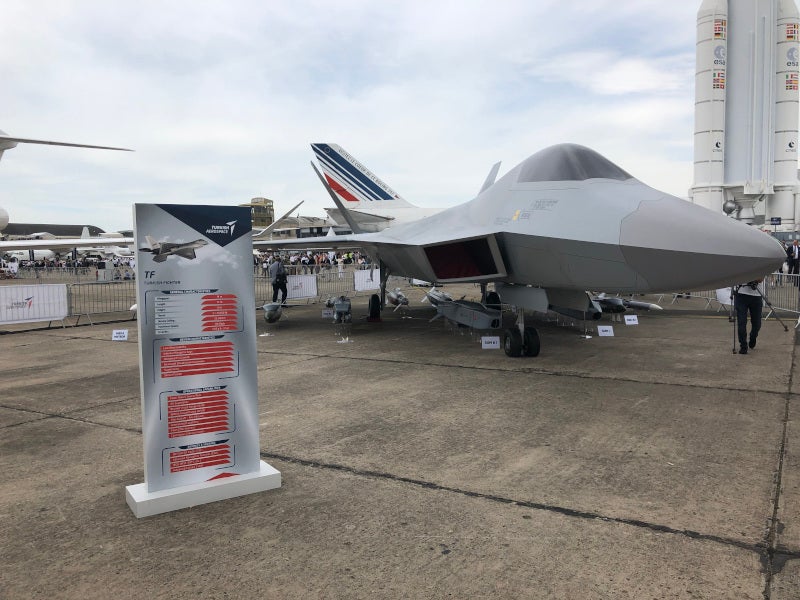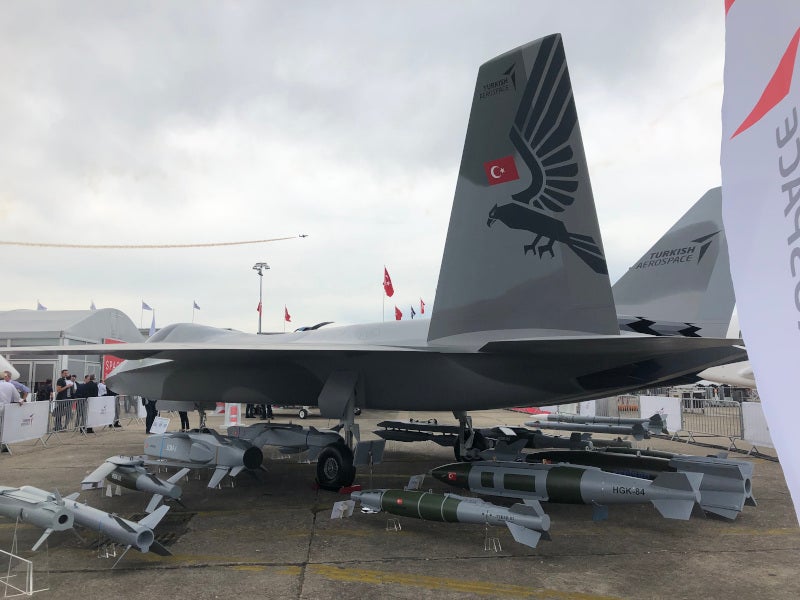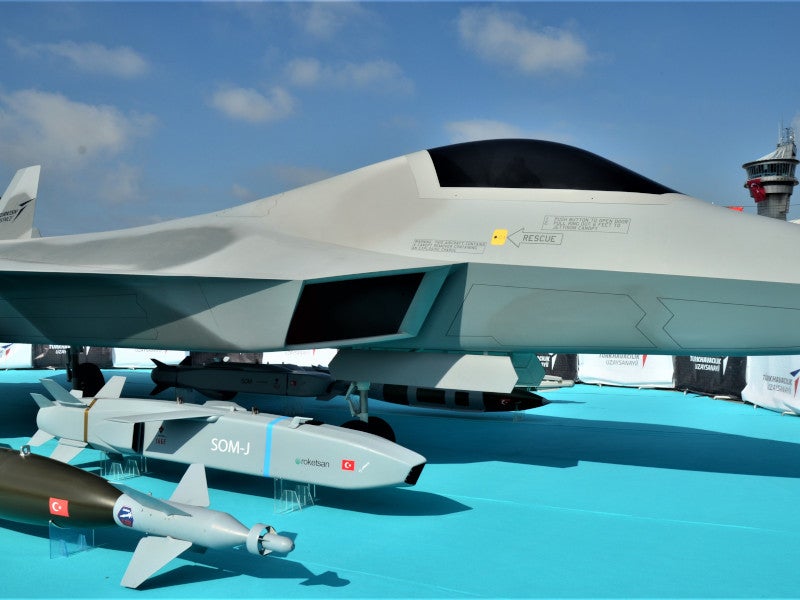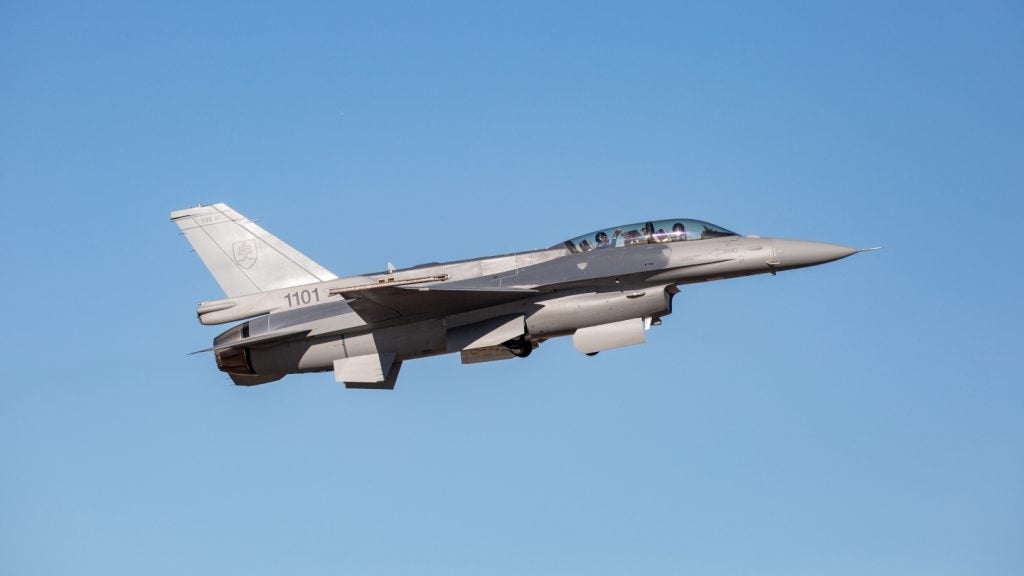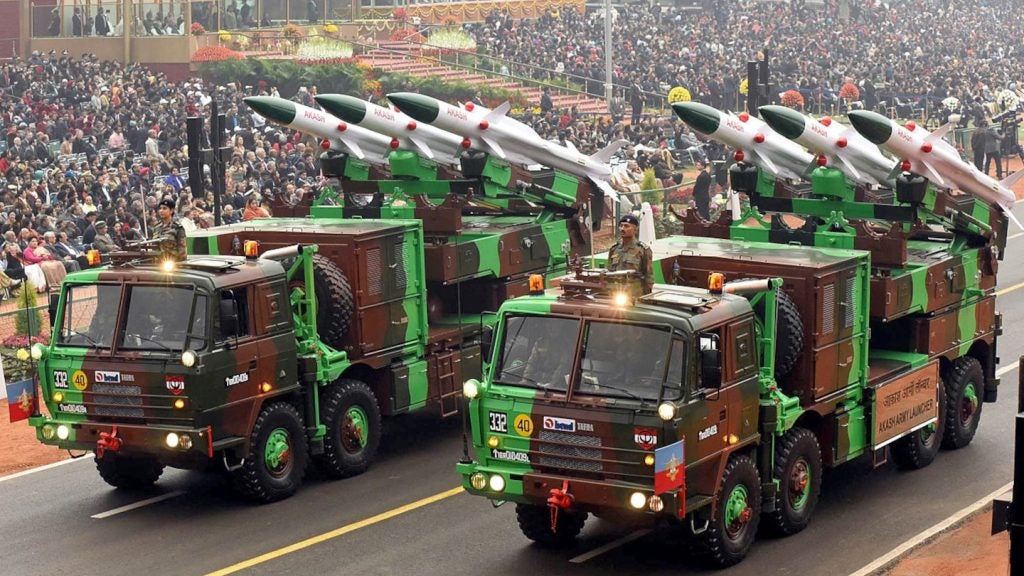TAI TF-X is a combat fighter aircraft being developed by Turkish Aerospace Industries (TAI) for the Turkish Air Force.
The full-scale mock-up of the aircraft was on display at the Paris Airshow in June 2019. The fifth-generation fighter jet will possess superior stealth and attack capabilities.
It will replace the existing fleet of F-16 fighter jets in service with the Turkish Air Force and join the F-35 fighter jet fleet. It is expected to meet the nation’s air combat requirements until 2070.
Potential partners or buyers for the fighter jet include Pakistan, Bangladesh, Indonesia and Kazakhstan.
TF-X development
In January 2017, TAI and BAE Systems signed a £100m ($139m) strategic agreement for mutual co-operation in the development of the stealth fighter project. BAE will offer engineering consulting services and associated support required for the project, as part of the agreement.
In August 2016, Undersecretariat for Defence Industries (SSM) of the Ministry of Turkish National Defence and TAI signed an agreement for the design and development of the indigenous fighter jet.
The four-year contract includes the preliminary design phase and other technological development activities.
TAI signed an agreement with Turkish firm HAVELSAN to perform software development and embedded training for the TF-X National Combat Aircraft programme in May 2020. It signed a memorandum of understating with Malaysia for co-production of the aircraft composites.
The maiden flight of the fighter jet is scheduled to take place in 2025, with service entry planned for 2028.
TAI TF-X design and features
The fifth-generation aircraft will integrate a stealth fuselage made of advanced carbon composites. Its aerodynamic design will further enhance the high-speed abilities of the aircraft.
It is primarily designed to serve air-to-air combat requirements. Its sleek design and unique features will enable it to be used for air-to-surface roles too.
The 19m-long aircraft will have a wing span of 12m and wing area of 60m². Its maximum take-off weight (MTOW) will be 27,215kg.
The aircraft will offer high degree of situational awareness, advanced weapon systems, sensor fusion techniques and low observability. Interoperable capability with other fighter jets such as the F-35A will make it suitable for joint operations.
The preliminary design phase of the TAI TF-X aircraft was concluded in December 2017.
Avionics on board fifth-generation Turkish fighter
The advanced avionics suite on board the aircraft will feature multiple displays, graphic interfaces, environmental data systems, digital maps and high-end interconnectivity devices.
Other features such as voice recognition, high-quality audio systems and synthetic vision will also be installed in the smart cockpit.
The aircraft will feature an active electronically scanned array (AESA) radar supplied by ASELSAN. The AESA radar in combination with the stealth fuselage will ensure superior stealth capability.
TAI TF-X fighter engines and performance
A joint venture was formed by Rolls-Royce and Kale Group to provide a domestically developed engine for the Turkish fighter jet programme. However, the deal was suspended due to uncertainties over technology transfer.
The aircraft will feature two engines with a thrust rating of more than 20,000lb each. The power-plant will enable the fighter jet to fly at a maximum altitude of 55,000ft.
The aircraft will have a maximum speed of Mach 2 and a combat radius of 600nmi.

